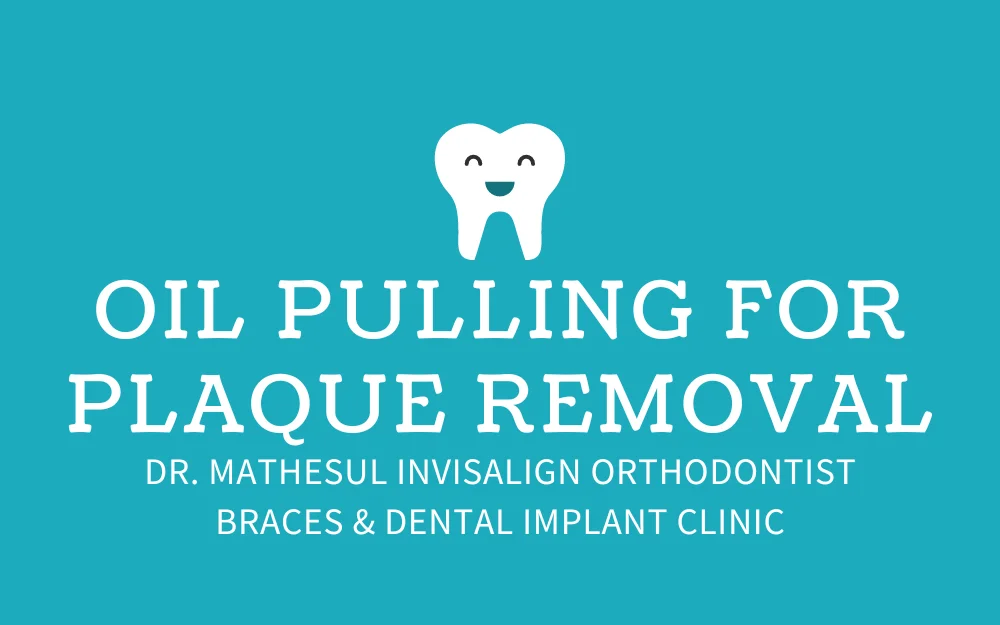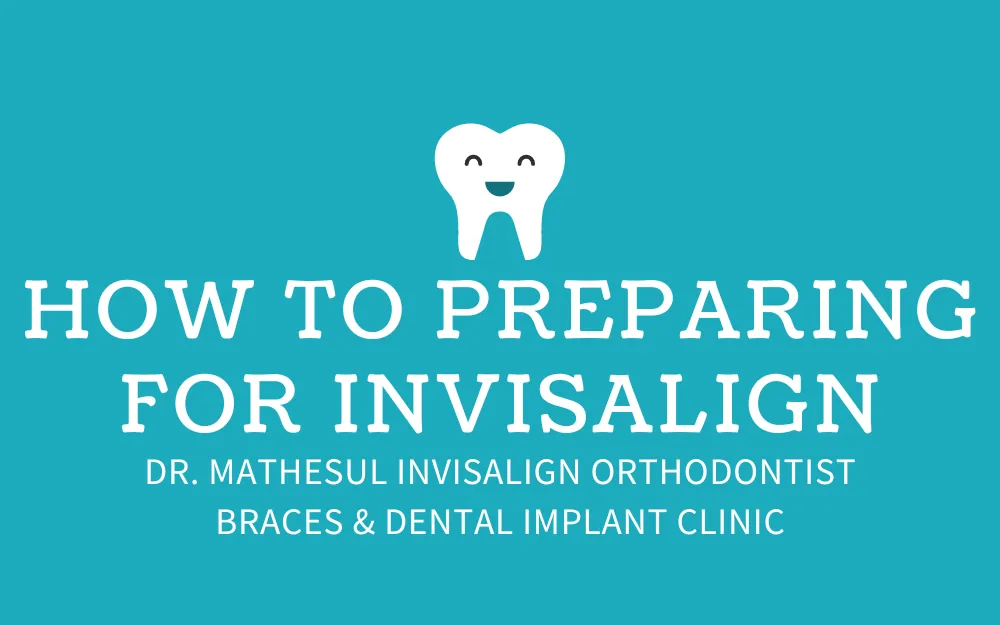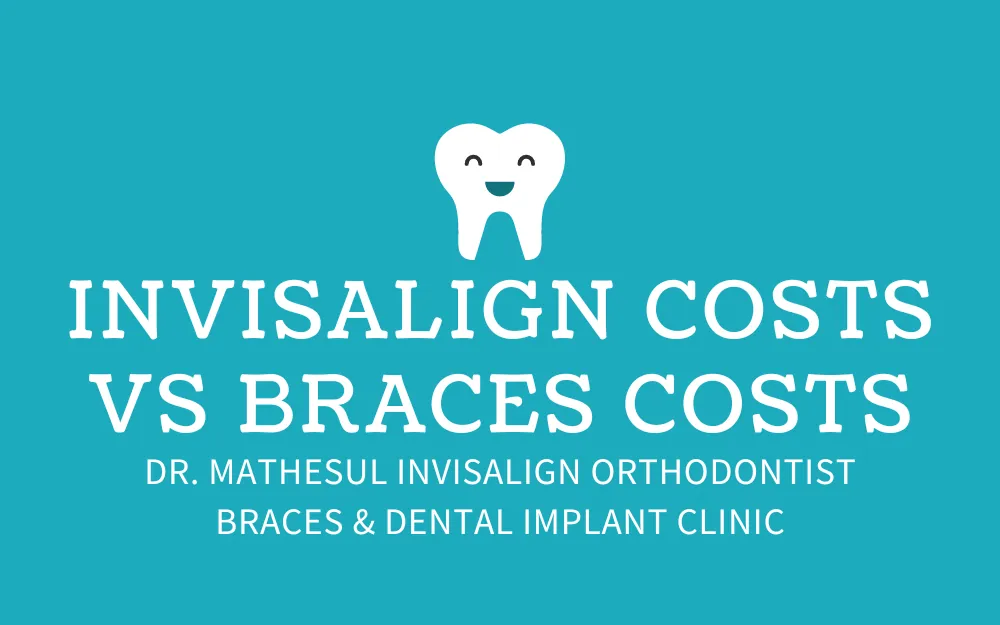Experiencing bleeding after a tooth extraction is a common concern, but knowing the proper steps to manage and prevent it is crucial for a smooth recovery. At Dr. Mathesul Invisalign Orthodontist Braces & Dental Implant Clinic in Pune, we understand your anxieties. We are here to help guide you through the process.
This article will explore practical strategies to stop bleeding after your procedure, explore methods to avoid excessive bleeding before it starts and highlight the factors that can influence it. Whether you’ve just had an extraction or are planning one soon, keep reading to ensure you’re equipped with the knowledge to handle this aspect of dental care confidently.
Table of Contents
ToggleWhat Is Post Extraction Bleeding?

This bleeding after tooth extraction is a normal part of the healing process, as the body responds to the trauma caused by tooth removal. It typically occurs at the extraction site where the tooth was removed and is essential for forming a blood clot.
After a tooth is extracted, the dentist or oral surgeon will provide gauze for the patient to bite on. The pressure applied by biting the gauze helps initiate blood clotting. This blood clot is a protective barrier covering the exposed bone and tissues, which is crucial for proper healing. The clot also aids in minimizing bleeding and reducing the risk of infection.
While some degree of bleeding after tooth extraction should be temporary and controlled, excessive or prolonged bleeding can cause concern and may indicate issues such as a failure in blood clot formation, disruption of the clot, or underlying health conditions that affect the body’s ability to clot blood.
Proper post-extraction care, including following aftercare instructions, avoiding activities that can disturb the clot, and taking prescribed medications, can help manage and minimize post-extraction bleeding. If bleeding persists or becomes severe, it is essential to seek prompt attention from the dentist or oral surgeon to address any potential complications and ensure a successful recovery.
How To Stop Bleeding After Tooth Extraction
After a tooth extraction, it’s natural for some bleeding to occur, but managing it properly is essential to your healing process. Here are some effective methods to control bleeding and promote healing:
Use A Warm Tea Bag
A warm tea bag can be a soothing home remedy for stopping bleeding after tooth extraction. Tea contains tannic acid, which helps contract the blood vessels and reduce bleeding. Soak a black tea bag in warm water, wring it out slightly, and apply it directly to the extraction site. Bite down gently but firmly for about 15 to 20 minutes. The warmth and pressure will help clot the blood and minimize bleeding.
Put Gauze On The Extraction Site And Bite Down On It
Applying pressure is a tried-and-true method to control bleeding. Place a piece of sterile gauze over the extraction site and bite down firmly for about 30 minutes. Ensure the gauze is damp with either water or saline solution, which will help it adhere to the area and form a clot more effectively. Replace the gauze as necessary until the bleeding diminishes.
Ice Cubes Wrapped In Gauze
Ice is an excellent way to reduce swelling and control bleeding. Wrap a few ice cubes in gauze or a clean cloth and apply them to the cheek near the extraction site. Do not apply ice directly to the wound, which can cause frostbite and damage gum tissue. Use the ice intermittently—10 minutes on, 10 minutes off—to avoid overexposure to cold.
Keep The Head Elevated
Keeping your head elevated above the level of your heart reduces blood pressure in the area of the extraction site and helps reduce bleeding. For the first 24 hours after the extraction, prop yourself up with pillows when lying down and avoid bending over or lifting heavy objects. Maintaining this position as much as possible can significantly aid in managing post-extraction bleeding.
By following these steps, you can effectively manage bleeding after tooth extraction and encourage a quicker, smoother recovery process. If bleeding seems excessive or doesn’t subside with these measures, contact your dentist for further advice.
Factors Responsible for Bleeding After Tooth Extraction
Several factors contribute to tooth extraction bleeding after two hours post-extraction, and understanding these elements can help individuals and healthcare professionals manage and anticipate the potential for bleeding after tooth extraction.

Some key factors include –
Blood Vessel Size And Location
The size and location of the blood vessels near the extraction site play a significant role in determining the extent of bleeding. Larger blood vessels or those closer to the surface may result in more noticeable bleeding.
Type Of Extraction
The complexity of the tooth extraction procedure can influence the amount of bleeding. Simple extractions, where the tooth is easily accessible, typically result in less bleeding than surgical extractions, which involve more complex procedures such as bone removal.
Patient’s Overall Health
General health conditions, such as blood clotting disorders or medications that affect blood clotting, can impact the body’s ability to form and maintain a stable blood clot.
Oral Hygiene
Poor oral hygiene before the extraction can increase the risk of infection, which may interfere with the normal healing process and contribute to prolonged bleeding.
Patient Compliance with Aftercare Instructions
Following post-extraction care instructions provided by the dentist or oral surgeon is crucial. Failure to adhere to recommendations, such as avoiding certain foods or activities, can disrupt the forming of blood clots and lead to increased bleeding.
Smoking And Tobacco Use
Smoking and tobacco use can impair blood clot formation and slow down the healing process, potentially leading to prolonged bleeding.
Underlying Medical Conditions
Certain medical conditions, such as diabetes or immune system disorders, may affect the body’s ability to heal correctly and increase the risk of post-extraction bleeding.
Trauma Or Agitation of the Extraction Site
Physical disturbances to the extraction site, such as poking or prodding with the tongue or fingers, can disrupt the blood clot and trigger bleeding.
Understanding these factors can help individuals and healthcare providers assess the risk of post-extraction bleeding and implement appropriate measures to promote a smooth and uneventful recovery.
How To Avoid Bleeding After Tooth Extraction?
After tooth extraction, following specific post-operative care instructions from your dentist or oral surgeon is essential to ensure proper healing and minimize the risk of complications. Here are some general guidelines for things to do after tooth extraction:-
- Follow Aftercare Instructions: Adhere to your dentist’s specific aftercare instructions. These may include recommendations for pain management, oral hygiene practices, and dietary restrictions.
- Take Prescribed Medications: If your dentist prescribed antibiotics or pain medications, take them as directed. Follow the recommended dosage and complete the entire course of antibiotics even if symptoms improve.
- Manage Pain and Swelling: Apply an ice pack to the affected area during the first 24 hours to help reduce swelling. After the initial day, switch to warm compresses to promote blood flow and ease discomfort.
- Rest and Avoid Strenuous Activities: Give your body time to heal by avoiding strenuous activities and getting plenty of rest for the first few days after the extraction.
- Maintain Oral Hygiene: Brush and floss your teeth gently while avoiding the extraction site. After 24 hours, use a saltwater rinse (mix 1/2 teaspoon of salt in a glass of warm water) to help keep the area clean and reduce the risk of infection.
Conclusion
Bleeding after tooth extraction is a normal part of the body’s healing response to removing a tooth. The formation of a blood clot at the extraction site is crucial for protecting the exposed tissues and initiating the regenerative process. While some bleeding is expected, it is generally temporary and should be manageable through proper aftercare measures.
FAQs:-
How Much Bleeding Is Normal After A Tooth Extraction?
It’s normal to have some bleeding after a tooth extraction. Initially, there may be oozing for a few hours, but it should gradually decrease over the next 24 hours.
How Long Should Bleeding Last After A Tooth Extraction?
Bleeding typically lasts for a few hours after the extraction. If it continues beyond 24 hours or if the bleeding is excessive, it’s essential to contact your dentist or oral surgeon.
Can I go to sleep if my tooth extraction is still bleeding?
If your extraction site is still bleeding slightly, you can go to sleep but should take precautions to avoid swallowing blood. Keep your head elevated with pillows to reduce bleeding. If the bleeding is more than just a slight oozing, it’s advisable to consult your dentist before going to sleep.
Is it okay to swallow blood after tooth extraction?
Swallowing small amounts of blood after a tooth extraction is not harmful. However, it can cause nausea or vomiting for some people. If you’re swallowing blood because it’s bleeding profusely, you need to contact your dentist. To minimize swallowing blood, keep changing the gauze over the extraction site and maintain pressure to control bleeding.





